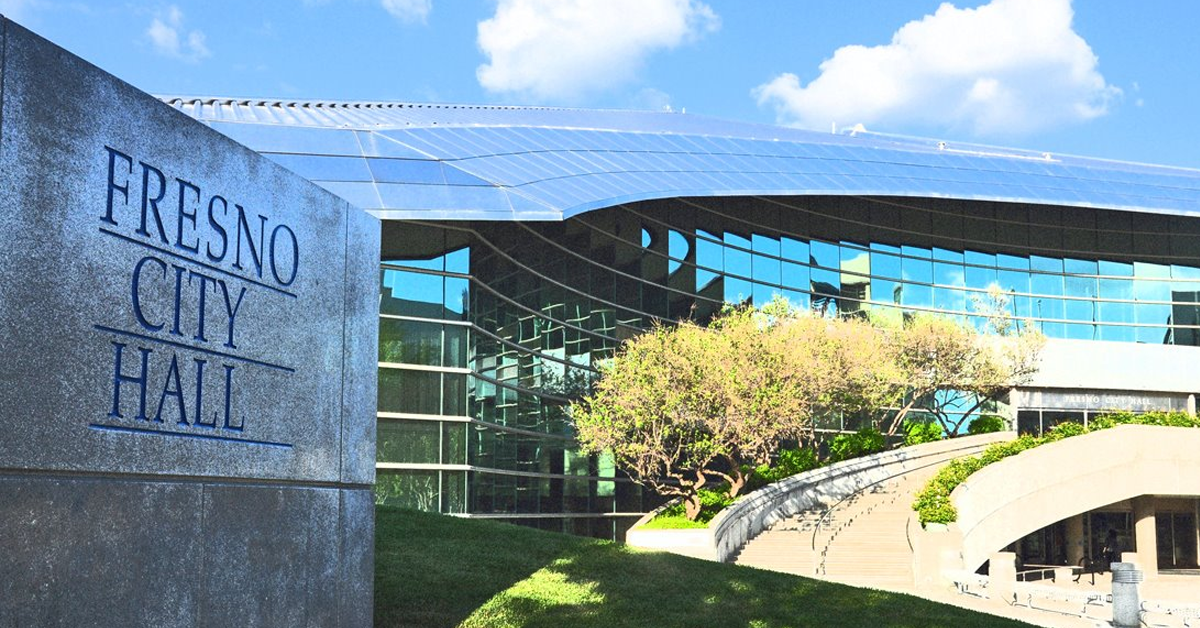The Fresno Council of Governments’ annual “One Voice” lobbying trip to Washington D.C. is scheduled for May 4-9. COG’s Policy Advisory Committee on Friday (Feb. 8) was slated to review 13 regional priorities identified by the One Voice Steering Committee.
As usual, the Veterans Boulevard project is on the list. Three other projects in need of federal money caught my eye.
The Fresno Fire Department wants to build a Regional Fire Center serving fire departments throughout Central California.
The COG report says: “The current training facility in Fresno was built in phases starting in the 1930s with the last major upgrade in 1953. The facility was built for an organization that protected a population of 50,000 and had 100 firefighters. Today, the FFD has 309 members protecting a population of over a half million people.
“Additionally, firefighters throughout the Central Valley come to Fresno to train alongside the FFD. Annually, Fresno is host to over 650 firefighters who come to train at a week-long training symposium. A Regional Fire Training Center needs to be built.”
The report notes that there is no such regional training center within a 100-mile radius of Fresno.
The training center would include a four- to five-story training tower with Class-B burn props; a training village with a closed-loop water retention/recycling system; hazardous materials training systems; confined space training systems; a modular “burn box” for live fire training; and classrooms.
The report says a 24-acre, city-owned parcel near Marks and Belmont avenues, close to Highway 99, would be a perfect spot for the center. The center’s estimated cost: $30 million to $40 million.
The report quotes Chief Michael Richwine from Cal Fire/Office of State Fire Marshall: “The Central Valley has always been underserved in terms of adequate fire training facilities. This is becoming more and more evident as the public safety mission continues to grow, and yet there remains a significant gap in the middle of the state that does not have access to an accredited regional fire training facility. Fresno is a very logical choice to position such a facility….”
The COG report concludes by noting that the training center will draw students from throughout the state. These students will sleep in local motels and eat meals in local restaurants.
Says the report: “The economic benefit to the community is significant.”
Next we come to a proposal from Blake Konczal, executive director of the Fresno Regional Workforce Development Board. The COG report says the Board wants to create a Central Valley Forestry Corps. The Corps’ mission: Help thin the Sierra Nevada of dying/dead trees so we don’t have locally a lethal disaster like last year’s fires in Northern California.
Says the COG report: “Half a decade of severe drought combined with unusually high temperatures have put California’s trees under considerable stress. The result is a massive natural disaster for forests within California’s Sierra Nevada range. As of December 2017, the United States Forest Service has identified a record 129 million dead trees within 8.9 million acres of California’s drought stricken forests. Millions of additional trees are weakened and are expected to die in the coming months and years.”
The Workforce Development Board wants to team with the Local Conservation Corps and local community colleges to create a team of young adults (ages 18 through 24) that would begin the thinning process. The request to the feds is for $1.26 million to recruit, train and deploy 105 young adults. The staff report estimates that the project over a period of five years would enroll 1,000 young adults.
Says the COG report: “The greatest long-term benefits would result from training unemployed young adults for work.”
I like Konczal’s idea. Removing only a portion of the dead trees would be a step in the right direction when it comes to overall safety in the mountains. The task would be hard work. Teaching young men and women the value of hard work is a boon to society. There you have the proverbial win-win.
Finally, we come to a COG request for federal help in building a modern transportation system for the Cross Valley Corridor and, in particular, a rail station in Huron on the west side of Fresno County.
The Cross Valley Corridor (CVC) is about 75 miles long. It stretches from Huron in the west to Porterville (in Tulare County) on the Valley’s east side. It goes through Lemoore Naval Air Station, Lemoore, Visalia, Farmersville, Exeter and Lindsay (my home town). The plan is to have passenger rail service along the corridor. This would be a worthy service all by itself. But once the bullet train system is built and running, the Cross Valley Corridor rail service would have the added benefit of a connection to the high-speed rail station in Hanford. The Cross Valley Corridor system would have bus connections to Dinuba, Goshen, Tulare and Woodlake.
In other words, the bullet train infrastructure, if it is to work as its advocates want, needs supporting transportation systems from end to end. The Cross Valley Corridor would be just one piece of that logistical system.
The point of COG’s One Voice trip isn’t so much to get into the weeds of immediately funding the construction of a 75-mile passenger rail link between Huron and Porterville. Californians in general, and the Central Valley in particular, can stomach just one gigantic rail controversy at a time.
As the COG report states, “[t]he process of designing and implementing a large-scale rail project can span decades and come with a hefty price tag that may be alarming to stakeholders who are unsure that the project benefits outweigh the costs. In consideration of this, the CVC Plan proposes a phased approach to demonstrate value in the near-term by implementing a bus or BRT (bus rapid transit) service along the approximate proposed route to spark awareness among the communities along the corridor while allowing for data collection in ridership and usage trends that could be helpful in future rail planning efforts.”
All this has to have a physical starting point. COG’s One Voice team will ask the feds to make Huron that starting point. If I understand the COG report correctly, that starting point would be the construction of a transportation station in Huron. This station would be flexible enough to evolve as different transportation options become operational (bus/BRT in the beginning, the Cross Valley Corridor train service in time).
Says the COG report: “The CVC presents an opportunity to better harness the High-Speed Rail’s statewide impacts and enhance intra-regional connectivity and economic integration.”
With one transfer (in Hanford), I could take the train from Fresno to visit old friends in Lindsay. Hope I live to see the day.








Hi George,
What is your contact information? I would like to share some information about a community project.
Thank you